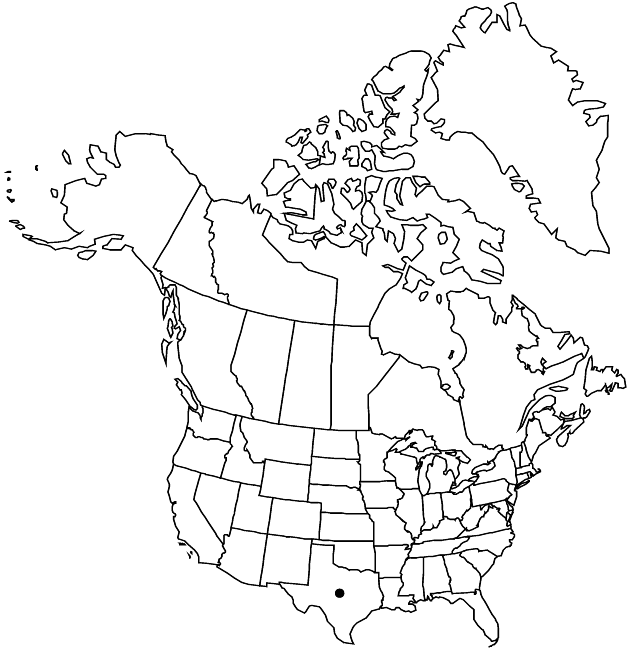Chaetopappa parryi
Proc. Amer. Acad. Arts 16: 82. 1880.
Common names: Parry’s lazy daisy
Revision as of 20:03, 5 November 2020 by imported>Volume Importer
Perennials, 10–35 cm, eglandular; fibrous-rooted with slender, branching rhizomes. Leaves (basal often persistent at rhizome tips) not densely overlapping; blades spatulate to spatulate-obovate, 15–30(–40) × 2–5 mm, gradually or little reduced distally, herbaceous, bases attenuate, not clasping, flat (2-grooved adaxially), faces hispido-pilose to strigose or glabrate. Involucres cylindro-turbinate, 4–6 × 2–4 mm. Ray florets 7–9; corollas white. Disc florets 10–15, bisexual. Cypselae 1.9–2 mm, 3–5-nerved, faces glabrate to sparsely strigose; pappi hyaline crowns of basally fused scales 0.3–0.8 mm in 1 series. 2n = 16.
Phenology: Flowering May–Sep(–Oct).
Habitat: Rocky slopes, talus, crevices, chaparral, oak, oak-juniper, or oak-pine-fir woods
Elevation: 1400–1600 m
Distribution

Tex., Mexico (Coahuila, Nuevo León, San Luis Potosí, Tamaulipas).
Discussion
Selected References
None.
Lower Taxa
None.